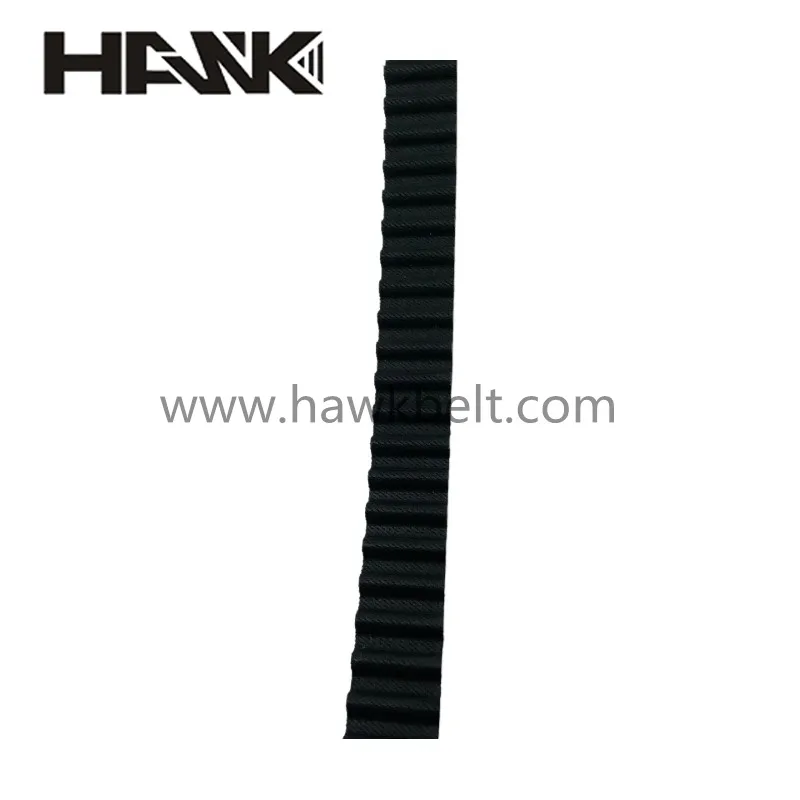- Arabic
- French
- Russian
- Spanish
- Portuguese
- Turkish
- Armenian
- English
- Albanian
- Amharic
- Azerbaijani
- Basque
- Belarusian
- Bengali
- Bosnian
- Bulgarian
- Catalan
- Cebuano
- Corsican
- Croatian
- Czech
- Danish
- Dutch
- Afrikaans
- Esperanto
- Estonian
- Finnish
- Frisian
- Galician
- Georgian
- German
- Greek
- Gujarati
- Haitian Creole
- hausa
- hawaiian
- Hebrew
- Hindi
- Miao
- Hungarian
- Icelandic
- igbo
- Indonesian
- irish
- Italian
- Japanese
- Javanese
- Kannada
- kazakh
- Khmer
- Rwandese
- Korean
- Kurdish
- Kyrgyz
- Lao
- Latin
- Latvian
- Lithuanian
- Luxembourgish
- Macedonian
- Malgashi
- Malay
- Malayalam
- Maltese
- Maori
- Marathi
- Mongolian
- Myanmar
- Nepali
- Norwegian
- Norwegian
- Occitan
- Pashto
- Persian
- Polish
- Punjabi
- Romanian
- Samoan
- Scottish Gaelic
- Serbian
- Sesotho
- Shona
- Sindhi
- Sinhala
- Slovak
- Slovenian
- Somali
- Sundanese
- Swahili
- Swedish
- Tagalog
- Tajik
- Tamil
- Tatar
- Telugu
- Thai
- Turkmen
- Ukrainian
- Urdu
- Uighur
- Uzbek
- Vietnamese
- Welsh
- Bantu
- Yiddish
- Yoruba
- Zulu
Th11 . 30, 2024 15:20 Back to list
Exploring the Benefits and Applications of Rubber Drive Belts in Various Industries
Understanding Rubber Drive Belts A Comprehensive Guide
Rubber drive belts are essential components in various mechanical systems, providing a reliable means of transmitting power from one part to another. Commonly found in automobiles, machinery, and a variety of industrial applications, these belts play a crucial role in ensuring efficient operation. This article delves into the characteristics, types, applications, and benefits of rubber drive belts.
Characteristics of Rubber Drive Belts
Rubber drive belts are specifically engineered to withstand dynamic loads and varying operational conditions. One of their primary characteristics is flexibility, which allows them to bend around pulleys without experiencing damage. This flexibility is complemented by a rubber compound that is often reinforced with fibers such as polyester or aramid, enhancing strength and durability. Resistance to environmental factors like heat, oil, and abrasion is also a significant attribute, ensuring that the belts can perform in demanding conditions.
Types of Rubber Drive Belts
There are several types of rubber drive belts, each designed for specific applications
1. V-Belts These are perhaps the most common type of rubber drive belt, featuring a trapezoidal cross-section that allows for efficient grip on the pulleys. V-belts are often used in automotive engines and various industrial machines.
2. Flat Belts Flat belts are typically used in systems where large distances must be covered. They provide a smooth, continuous surface for power transfer and are suitable for applications like conveyor systems.
3. Timing Belts Also known as synchronous belts, timing belts have teeth that mesh with pulleys to ensure precise timing and synchronization between components. They are essential in applications requiring accurate rotation, such as in automotive camshaft drives.
4. Round Belts These belts are round in cross-section and are often used in applications with smaller pulleys or where flexibility is crucial. They are commonly found in some conveyor belt systems.
Applications of Rubber Drive Belts
rubber drive belts

Rubber drive belts are used in a wide range of industries. In automotive applications, they are crucial for connecting various engine components, transferring power to alternators, water pumps, and air conditioning compressors. In manufacturing and conveyor systems, rubber belts facilitate material handling and ensure efficient production line operations.
Additionally, electric power tools commonly use rubber drive belts to transmit power from electric motors to various working parts. In agriculture, these belts can be found in equipment like tractors and harvesters, playing a vital role in the functioning of essential machinery.
Benefits of Rubber Drive Belts
The use of rubber drive belts offers numerous advantages
- Cost-Effectiveness Rubber drive belts are generally more affordable than alternative power transmission methods, such as chains or gears. This makes them an attractive option for both manufacturers and end-users.
- Maintenance Rubber belts require less maintenance compared to other systems. The absence of lubrication needs reduces the operational costs and the frequency of maintenance checks.
- Due to their design Rubber drive belts operate quietly and smoothly, minimizing noise pollution in both industrial environments and daily applications.
- Load Distribution The flexibility of rubber drive belts allows for better load distribution, reducing stress on components and extending their lifespan.
Conclusion
Rubber drive belts are indispensable components in numerous applications across various industries. Their attributes, such as flexibility, durability, and cost-effectiveness, make them ideal for transferring power in a wide array of mechanical systems. As technology continues to evolve, innovations in rubber belt design and materials will likely enhance their performance further, ensuring they remain a foundational element of modern engineering and manufacturing.
-
Korean Auto Parts Timing Belt 24312-37500 For Hyundai/Kia
NewsMar.07,2025
-
7PK2300 90916-T2024 RIBBED BELT POLY V BELT PK BELT
NewsMar.07,2025
-
Chinese Auto Belt Factory 310-2M-22 For BMW/Mercedes-Benz
NewsMar.07,2025
-
Chinese Auto Belt Factory 310-2M-22 For BMW/Mercedes-Benz
NewsMar.07,2025
-
90916-02660 PK Belt 6PK1680 For Toyota
NewsMar.07,2025
-
drive belt serpentine belt
NewsMar.07,2025

